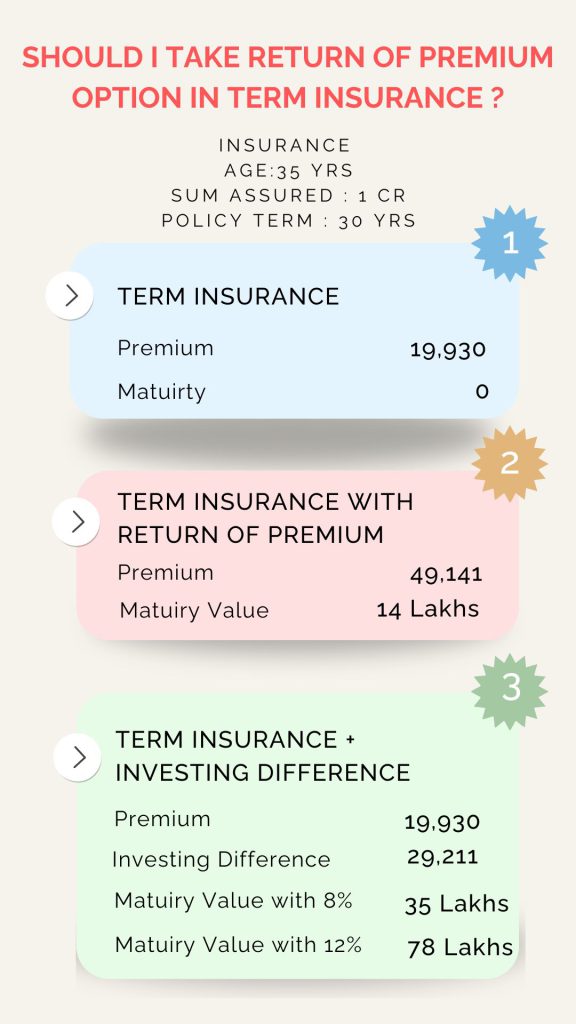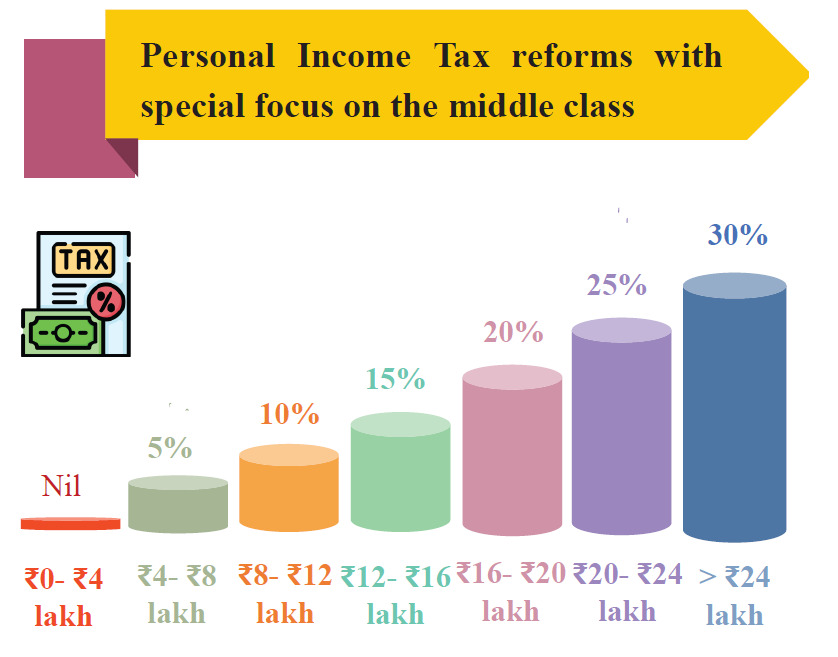Buying MFs in Child’s Name
With the cost of higher education estimated to rise by as much as 10-12% annually, parents are keen to build a corpus for their child’s higher education gradually. Many of them want to do this using mutual funds by contributing in the child’s name.
CAN A MUTUAL FUND INVESTMENT BE MADE IN A CHILD’S NAME?
Yes. Mutual funds accept investments in the name of a minor (below 18 years of age) in any scheme-equity, debt, hybrid, gold/silver, or international funds. However, in such a folio, the child will be the first and sole holder, and no joint holders are allowed. The guardian must be either of the parents (father or mother) or a court-appointed legal guardian. The guardian manages the account until the child reaches the age of majority, after which the child gains control.
HOW DOES THIS WORK? WHAT DOCUMENTATION IS REQUIRED?
For a mutual fund investment in a child’s name, one must submit a valid document as proof of the child’s age and the parents’ relationship with the child. Fund houses accept documents such as a birth certificate or passport copy, which establish both the date of birth of the minor and the guardian’s relationship (natural or legal). These documents need to be provided while making the first investment or opening a folio. In addition, the guardian must be compliant with KYC regulations. Investments can be routed either through the child’s bank account or the parents’ bank account.
WHAT TRANSACTIONS CAN BE DONE IN A CHILD’S MUTUAL FUND ACCOUNT?
All transactions lump sum investments, systematic investment plans (SIPs), systematic transfer plans (STPs), switches – can be done in the child’s account, operated by the guardian. This will continue until the child attains majority.
WHAT HAPPENS WHEN THE CHILD TURNS 18?
When the child turns 18, all existing SIPs/STPs in the folio will be suspended. The folio will be frozen for operation by the guardian from the date the minor attains majority. Once the child turns 18, he or she must independently operate the account. The minor must submit, on attaining majority, an application form along with prescribed documents to change the status of the folio from ‘minor’ to ‘major’. The child who is now a major will need to have a PAN card and need to be KYC compliant.
WHAT ARE THE ADVANTAGES OF INVESTING IN A CHILD’S NAME?
● Investing in the name of a child enhances the discipline of the parent or guardian. It makes them more consistent and also, more on towards achieving the financial goal. Once you are emotionally attached to the investment, withdrawing from the fund will be the last thing on your mind.
● Also, it’s not just parents or guardians. Having a separate investment account in the name of a child makes him/her more aware regarding financial responsibilities. The feeling of owning an investment product from an early age inculcates a saving habit in the child. The child can consider mutual fund investment as his/her piggy bank and save accordingly.
● More importantly, mutual fund investment for the long term will increase the tax efficiency of the taxpayer. Till the time a child is a minor, any capital gains out of the mutual fund investment will be taxed as per the parent’s or guardian’s tax slab. Once the minor turns above 18, the capital gain tax will be in the hands of the child. Moreover, after the age of 18, the child might be in a comparatively lesser income tax bracket than that of a parent or a guardian. Therefore, the tax liability on the minor would be nominal.
WHAT ARE THE DISADVANTAGES OF INVESTING IN A CHILD’S NAME?
● Once the child has turned 18, you will need to change the status of the investment account from minor to major. It is important to do it, otherwise, the account will be restricted from future transactions.
● Also some parents worry that once the child turns 18, he or she will be able to operate the account independently, leading to a loss of parental control over the investments. They fear that at such a young age, seeing a large corpus could tempt the child into misusing it.
Make an informed decision when it comes to your child’s future. Always remember, what works for someone else may not work for you. Hence, invest as per your comfort.
Mutual Fund Investments are subject to market risks, read all the scheme related documents carefully.






